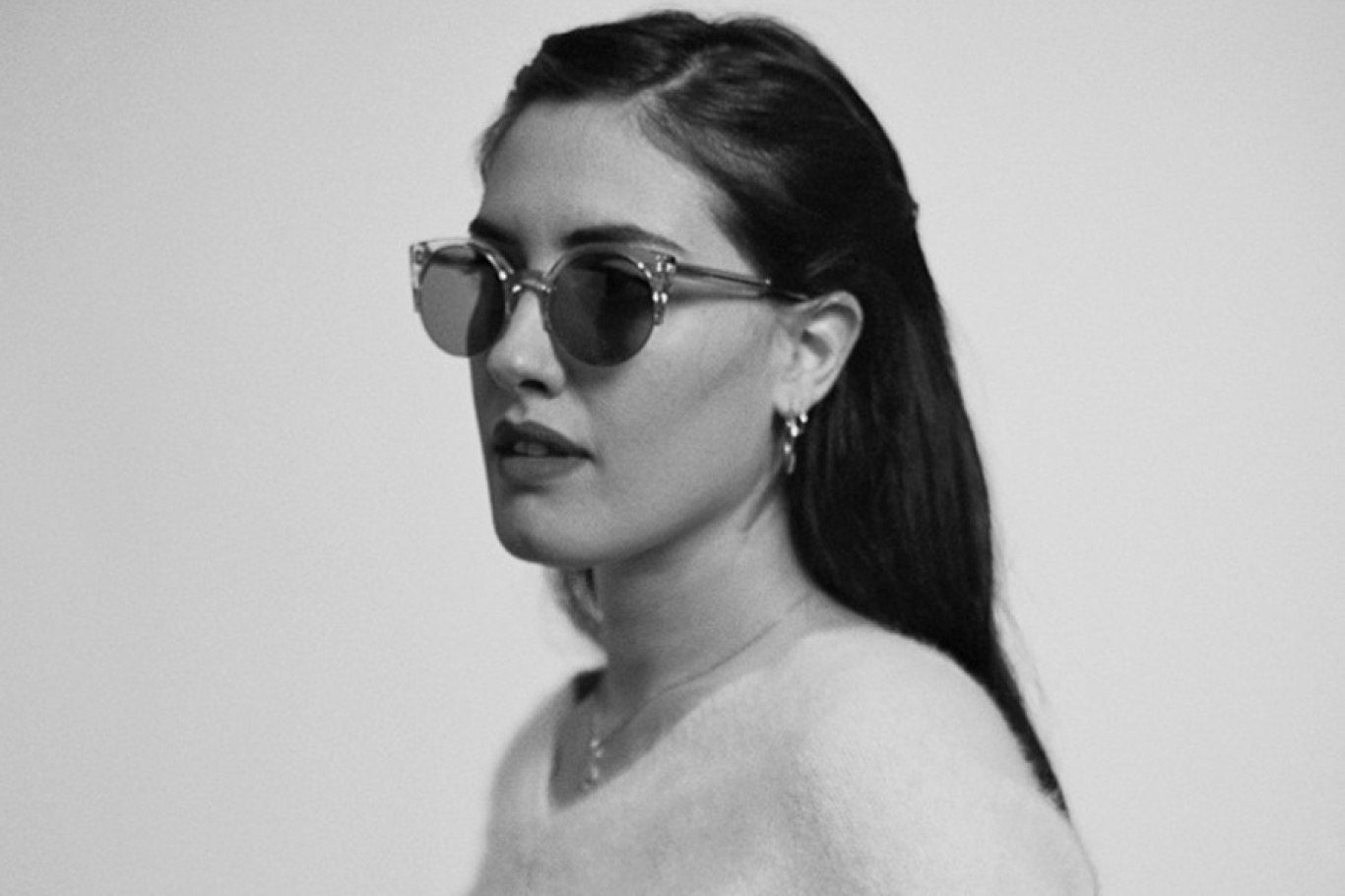FABIANA FIEROTTI, FROM INTERNSHIP FASHION DIRECTOR

Sometimes you can join an editorial staff as an intern and in a few years to become fashion director. So it was for Fabiana Fierotti: "Pig Magazine" was a great learning experience that quickly turned into a profitable opportunity for work. In the middle we have the commitment, dedication and the humility to learn, necessary conditions for those who aspire to a career in publishing. All this must be completed with initiative, ability to evaluate the widening of ones horizons and search new areas, just like Fabiana that, so young, writes on "L'Uomo Vogue", "Grazia.it", "Il Fatto quotidiano" and shares with us her experience.
Today it is hard to be young and have already stored such an important work experience as in your case, can you tell us how you started your career in the fashion world?
It all started in 2007 with an internship at PIG Magazine. It “was a bit like my cradle”, thanks to my colleagues and most of all thanks to constant stimuli that an independent magazine brings along, I really learned a lot. After three and a half years in the editorial staff, in 2011 I decided it was time to "take off" and look to other publications, and so I started sending my resume around to understand what other opportunities were available in such a difficult time. And so I met Gianluca Cantaro, chief editor of "L'Uomo Vogue" which immediately challenged me by placing me in the permanent staff of the magazine. A real breakthrough for me and a great satisfaction. From that moment on other collaborations just poured down from heaven: I really enjoy "Grazia.it" because it gives me the opportunity to visit beautiful places and get in touch with realities where experimental fashion is in full swing. Then there's "Il Fatto Quotidiano" online, which for me, is not only a challenge, but a first step toward a different kind of journalism which aside from fashion, it also embraces costume, and society.
On "L'Uomo Vogue," you deal with men's fashion, does the way you recount fashion change when you address a female audience?
I must admit that my experience with men’s fashion was really small when I came at "L'Uomo Vogue". That's why I began voraciously reading on books and on the internet, since I like to be responsible for materials that I treat. Dealing with a male audience is certainly a challenge. Women are accustomed to speak and live fashion, men most often must be "educated" to appreciate it. Of course, in this case Italian men have an edge and that is why we reach out to them more, by providing advice on style, but also interviewing people who can attract them more.
On your job you have had occasion to meet and interview important people, is there someone who has struck you more than others or have you found particularly inspiring for yourself?
I would say Ennio Capasa and Nicola Formichetti, for two different reasons. With Capasa I was able to have a chat about his past, his training, his experience in Japan alongside Yamamoto. It was really fascinating to learn details of his life that I ignored and follow his training up to Costume National, finding a down to earth person, with pragmatic and engaging personality. Formichetti, instead impressed with its extreme availability and his dynamism: at age 34 can handle a life that is divided between New York, Paris, Tokyo and a million different jobs. Really admirable.
When you are preparing an article as a stylist how do you go about it? Do you start with what you see or with the story you want to recount? Which is the iconographic world that most inspires you?
The styling for me is more a game than a real job. My work and my preference undoubtedly go to journalism. When I am shooting there are some basic fundamental points: working with a photographer that gives me new stimuli and that preferably uses an analog camera (I have an obsession for film). Then everything begins to take shape from a story. My services tend to be more cinematic than fashion, I like to explore past era and rejoin them with the present, play with the vintage and the new.
Web and magazines are giving more and more space to street style, how do you explain this great interest from the readers?
Honestly? I cannot explain it. Or rather, I understand that the street style would be a great source of inspiration for those who want to take a cue from an outfit, but it seems too simplistic and too overused nowadays. Bill Cunningham was and is a true genius of street style and any imitation - especially in series - from my point of view makes sense.